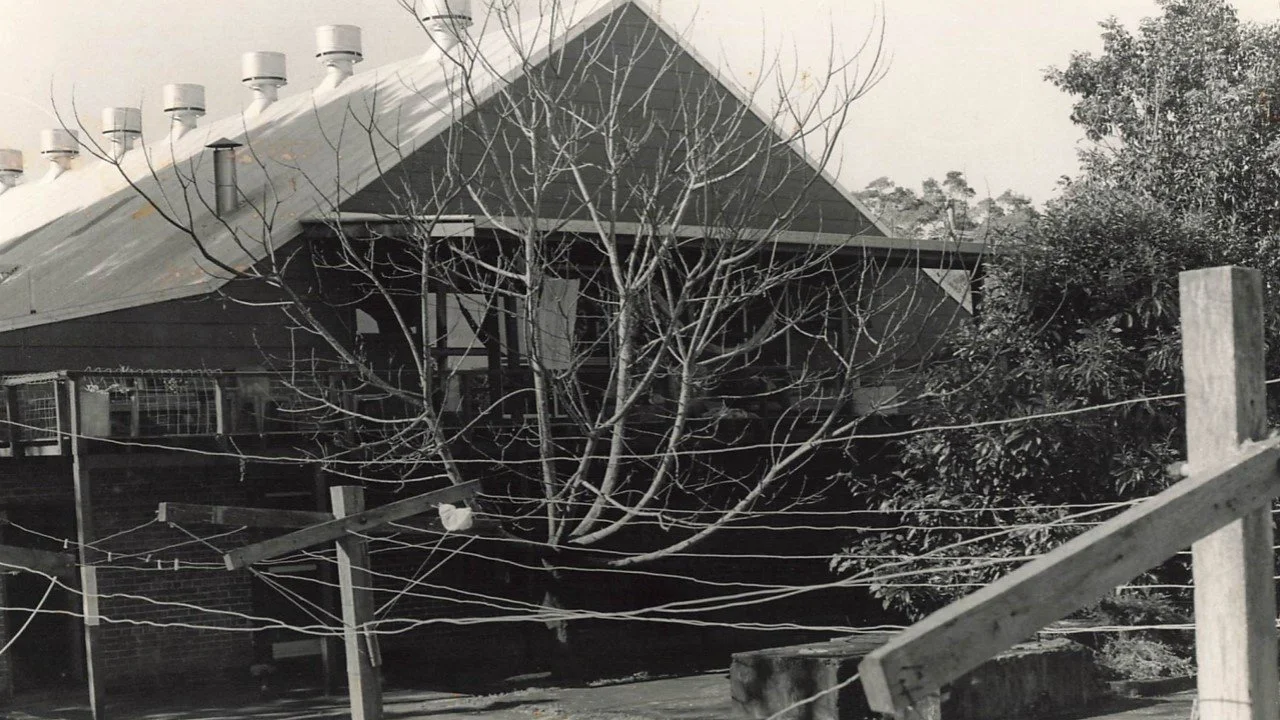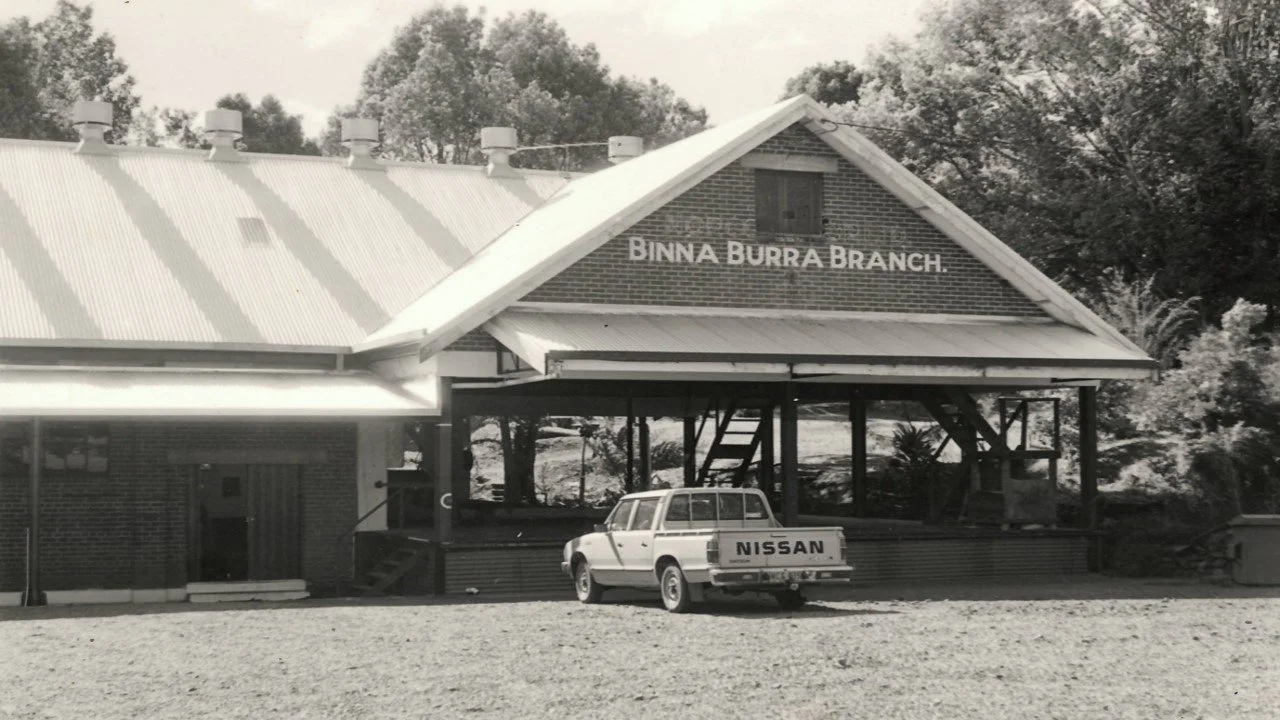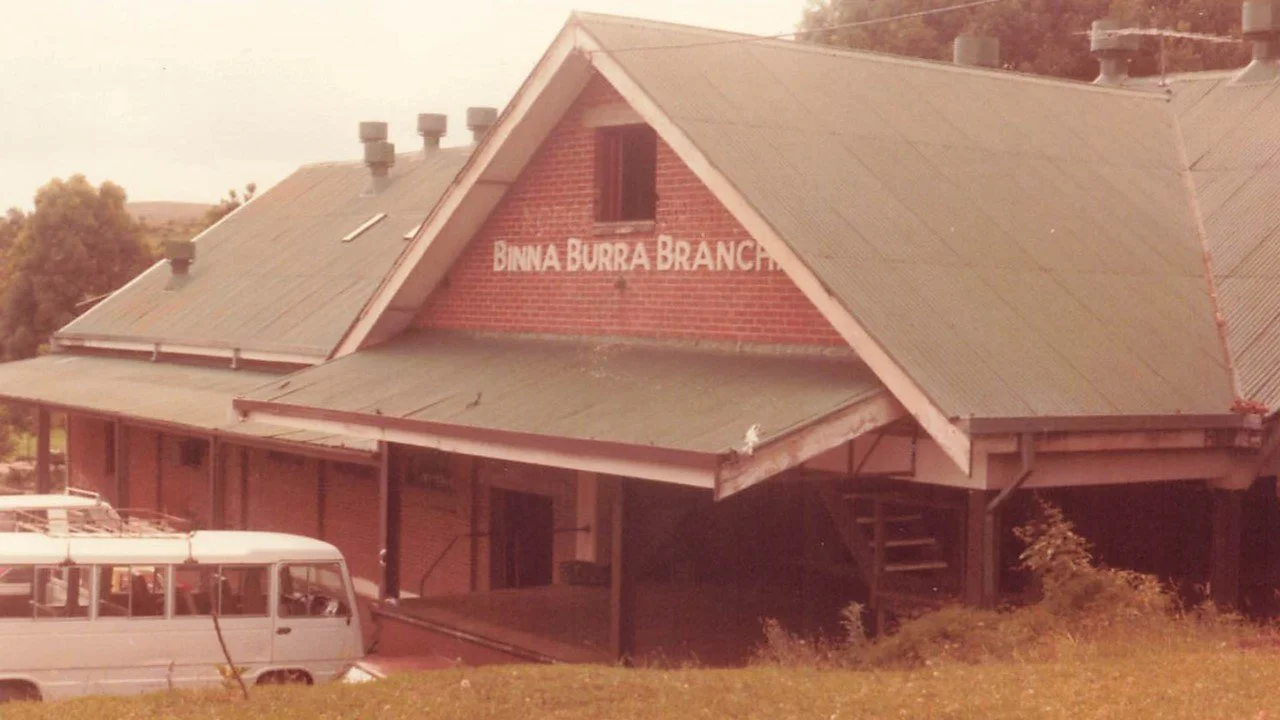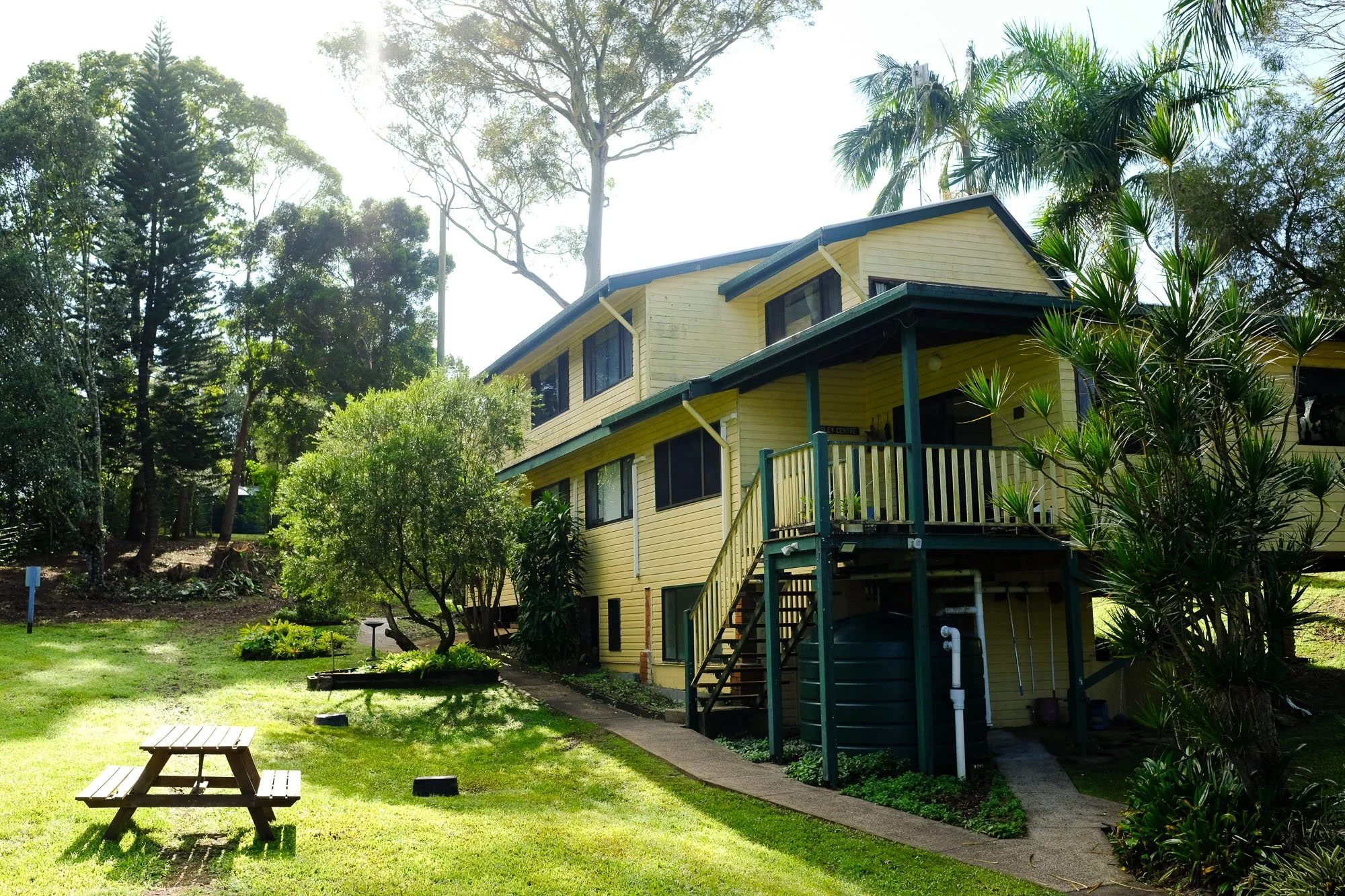
History
Our History
-
![]()
1973
As its name suggests, The Buttery is in fact a former NORCO-owned buttery. Due to amalgamation of NORCO's factories, their Binna Burra factory was closed in 1947 and sold into private ownership. It was purchased in 1972 by Reverend John McKnight, who was working as a Church Army Officer in the Anglican parish of Ballina. The influx of young people into the North Coast at this time, following the alternative Aquarius Festival, bought with it a need for youth services. McKnight believed that there was a need to start a ministry for youth and a base for an outreach service to the surrounding areas of Nimbin, Mullumbimby and Lismore.
-
![]()
1978
A grant was received from the N.S.W. Drug and Alcohol Authority and work was begun on expanding the accommodation facilities. A Constitution was drawn up and became effective in August 1979. A second accommodation unit was completed and with increased Government funding, staff were employed to provide administrative and counselling support that required specific drug counselling skills.
-
![]()
1980
The first Annual General Meeting was held in August, and the first "graduate" passed through the program and received their graduation medal. Another watershed in that year was the departure of Captain John McKnight who took up a position as co-ordinator of N.A.D.A. (Network of Drug and Alcohol Agencies). McKnight took twelve months leave of absence to work at N.A.D.A. and Andrew Biven took up the position of Acting Director.
-
![]()
1981
A 17 hectare farm was purchased nearby, with the intention of expanding the program by providing independent accommodation to those in the later stages of the program. During this year, the structure of the program cconformed to the classic definition of a therapeutic community with a staged program consisting of eight levels. Behavioural, moral and ethical boundaries were becoming more clearly defined and the concept of shared responsibility in all areas of an individuals progress and the general welfare of the community was consolidated.
-
![]()
1982
The employment of two new staff in 1981 and 1982 introduced the "12 step philosophy" and its influence on the program grew from that time. After some initial resistance the 12-step philosophy gradually became incorporated into the program as an adjunct to the holistic living skills education.
-
![]()
1983
Aftercare was a consideration in securing a half way house at Artarmon in October of that year; the transition from a long term residential program isolated from the mainstream had been a difficult time for many residents and the opportunity to move gradually back into society through a supportive network in the house and the Narcotics Anonymous Fellowship was a welcome addition to the program.
-
![]()
1989
The Buttery program continues to evolve, the traditional model of a therapeutic community placing strong emphasis on the value of the therapeutic milieu remained but building on top of this shared learning environment was the move to broaden the skills and the background of the counselling staff. Increasingly staff were recruited with a tertiary training background as well as personal life experience as a qualification; the content of groups became more structured and individual case management paralleled the addressing of attitude and behavioural change which presented on a daily basis.
-
![]()
Today
Today residents at The Buttery embark on a standard program involving group therapy and education, living skills instruction and stress management training, art therapy as well as orientation to the 12 Step philosophy and Self-Help groups. Individual case management is provided by qualified staff who guide residents through a personalised program of recovery where significant personal issues can be addressed in depth. The social learning environment provided by a therapeutic community facilitates personal growth, offering hope by the power of example and the opportunity to make mistakes associated with learning and personal growth in a safe environment.








